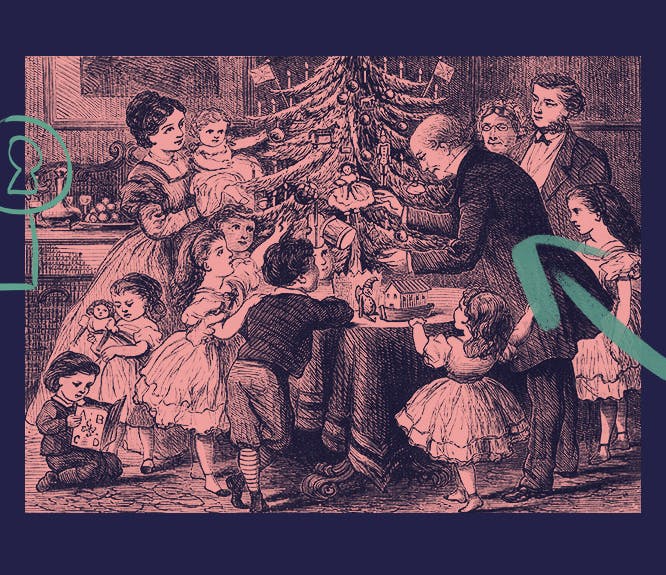Carpe Diem: a genealogist's guide to Latin family history records
2-3 minute read
By The Findmypast Team | April 8, 2022

You'll likely encounter Latin as you uncover the incredible stories in your family history. Our handy guide will help you decipher key phrases from Latin to English, so your family tree can continue to bloom.
If you’re Catholic or you have potential Catholic ancestors, keep reading. After all, Latin isn’t dead. It’s just Roman around.
And don’t worry, we won’t be asking you to conjugate a verb.
While Latin is no longer spoken today, it survives in countless archives and libraries in many countries. Whether you were subjected to a spot of Latin at school or not, if you’re researching your family tree, you’ll need to know the basics of Latin in family history records.
What is Latin?
Latin is what’s known as a ‘dead language’, originally spoken in the area around present-day Rome, Italy. The expansion of the Roman Republic and the subsequent Empire made Latin the dominant language in its territories.
Even after the collapse of the Roman Empire, Latin continued as the language of academia, communication, science, and scholarship in Europe for many centuries. It also influenced several other languages, notably the Romance languages of Italian and French, and even English to some extent.
Latin is still used today, despite having no native speakers. Most commonly, it’s still used by the Catholic Church. It’s also used for mottos, on coins, in films, and is still taught in some schools and universities.
In nomini patri, et fili...
So, why do you need to know what Caecilius est in horto means (or perhaps not that exact phrase) when researching your ancestors?
Caecilius is in the garden, tending to his family tree, of course.
It all comes down to religious records, specifically Catholic records.
Religious records can provide an incredible amount of detail and information about our ancestors. They can tell us maiden names, birth and death dates, and they can even help us discover family friends or distant relatives through the witnesses listed on marriage records.
If your ancestors were Catholic, this becomes even more important. The majority of Catholic records are recorded in, or partially recorded in, Latin. Up until the 1960s, the official language of the Catholic church was Latin.
Stella, stella, stellam
Not all of us were stars at Latin in school. See what we did there?
If you aren't familiar with Latin, here are some words and phrases, common in family records, and their meanings. Keep this list handy, it can help you make headway on your family tree.
- A me Infrascripto Parocho vel Vicario: I the undersigned pastor or vicar
- Anno Domini: year of Our Lord
- Baptizandi Nomen: baptised with the name
- Cognomen: last name
- Denuntiationes: denunciations (refers to if there are any impediments to a marriage)
- Die: day
- Domicilium: residence
- Ex parentibus legitimo Matrimonio junctis: from the parents of a legitimate marriage
- Filium legitimum: legitimate son (or child)
- Habitantibus in: living in
- Impedimentum: hindrance or impediment to the marriage; such as a blood relation
- Matrina fuit: godmother
- Mensis: month
- Natus: birth
- Nomina imposita in confirmation: a saint chosen when a young person was confirmed
- Nomina Parentum: name of parents
- Patrinus fuit: godfather
- Observanda: observations or notes
- Olim: once, normally referring to a mother’s maiden name
- Sepultus: buried
- Sponsoribus: sponsors
- Testes adfuerunt: witnesses present
The Catholic records on Findmypast include baptisms, marriages, burials and congregational records such as confirmations.

Baptism of Catharina Walsh on 15 February, 1887, in England Roman Catholic Parish Baptisms.
You can find out more about Findmypast’s Catholic records for the United States, England, Scotland, Ireland and beyond here.
Some Latin names in English
Search Tip! Sometimes names were recorded in their Latin spellings, instead of their English spellings. For example, you might see Willelmus listed instead of William, or Patrick as Patricius.
Check the variant spelling box as well as making use of our wildcard feature. It will reveal different spelling possibilities for you to find your Catholic ancestors.
Have you made a discovery in the Catholic Heritage Archive that has shaped your family story? We'd love to hear all about it. Reach out to us on social media using #WhereWillYourPastTakeYou?




